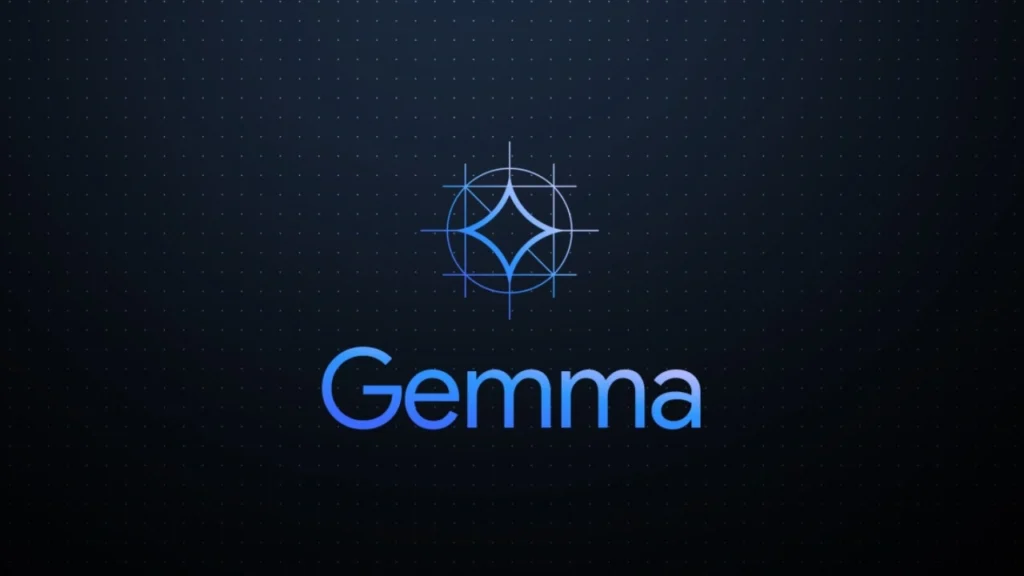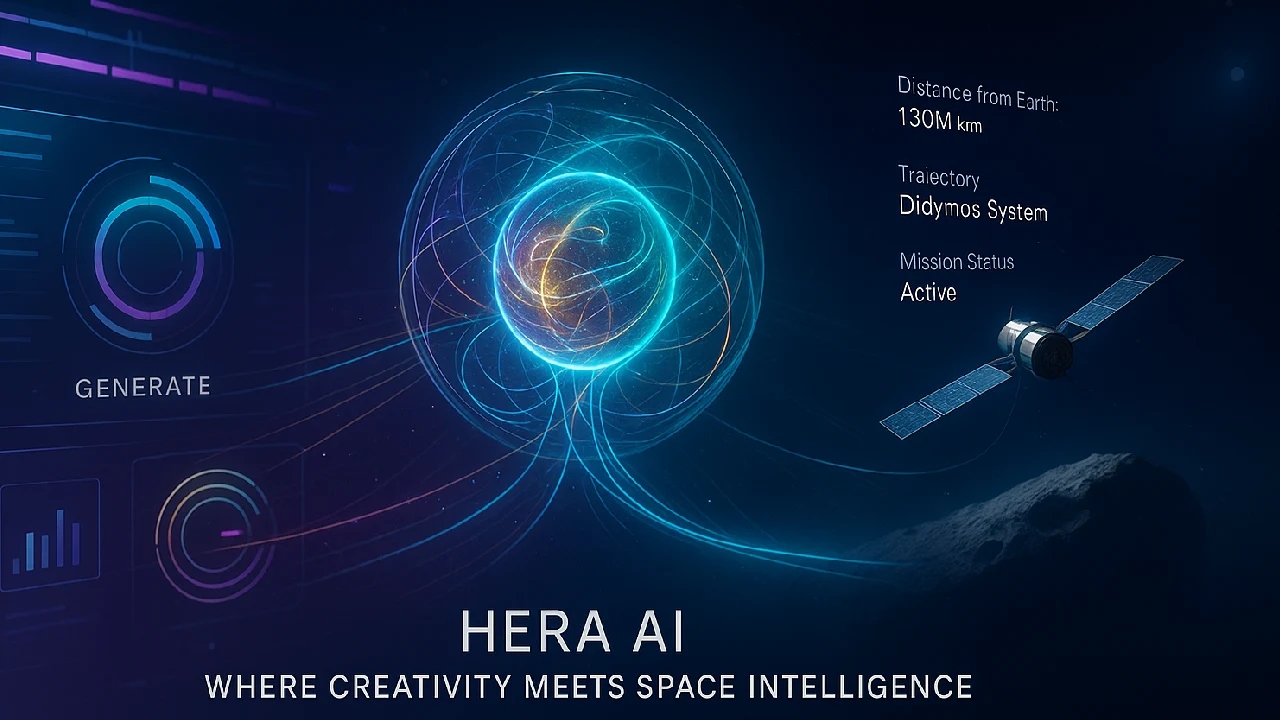Google Gemma Ai 3 delivers open weights, multimodal input, and a 128K context window making powerful AI accessible to developers and enterprises worldwide.

Google Gemma Ai is an open-source family of large language models (LLMs) created by Google DeepMind. It is designed to bring advanced AI into the hands of everyone, especially developers working with limited computing resources. With the latest version, Gemma 3, Google has added multimodal power, larger context windows, and better efficiency making it one of the most practical AI models today.
What is Google Gemma Ai
Gemma Ai is Google’s open-source language model family first introduced in February 2024. Unlike closed systems, Gemma provides open weights so developers can adapt, fine-tune, and deploy the models in their own applications.
The project has gained massive adoption in a short time, with more than 150 million downloads and over 70,000 model variations hosted on platforms like Hugging Face. Google built Gemma to combine accessibility with responsible AI usage, ensuring developers can innovate while following safe practices.
Key Features of Gemma Ai
The third-generation Gemma Ai, released in March 2025, brought major upgrades for both developers and enterprises:
- Multimodal support: Processes both text and images for tasks like object detection and text extraction.
- Extended context window: Handles up to 128K tokens in larger models, allowing long documents or image sequences in a single prompt.
- Global language support: Covers more than 140 languages with multilingual fine-tuning.
- Function calling: Enables AI-powered apps to interact with APIs naturally.
- Efficient design: Uses grouped-query attention and the SigLIP vision encoder for speed and accuracy.
These improvements make Gemma 3 not only powerful but also practical for real-world use.
Why Gemma Ai Matters
Gemma Ai is different because it is open, efficient, and safe. While big proprietary models like Gemini are often locked behind APIs, Gemma lets developers use and modify it freely.
Key benefits include:
- Runs on regular hardware with quantized versions.
- Can be customized for niche applications.
- Fits easily into Google Cloud’s AI tools like Vertex AI.
- Offers a balance between openness and responsible use.
This makes Gemma a valuable option for startups, researchers, and businesses that need reliable AI without massive infrastructure costs.
Comparing Generations
- Gemma 1 (Feb 2024): Released in 2B and 7B sizes.
- Gemma 2 (Jun 2024): Introduced 2B, 9B, and 27B sizes with architectural improvements for efficiency.
- Gemma 3 (Mar 2025): Added multimodality, extended context, and device-optimized versions like Gemma 3n.
Each generation shows how Google is focused on making models lighter, faster, and easier to use — not just larger.
Who Should Use Gemma
Gemma is suitable for:
- Developers building AI-powered applications.
- Researchers exploring language or multimodal AI.
- Startups that need cost-effective models.
- Enterprises seeking safe and scalable AI for products.
Google has also released specialized versions like CodeGemma for programming, MedGemma for healthcare, and VaultGemma for privacy-first tasks.
Final Take
Gemma represents Google’s commitment to bringing open and responsible AI to the global community. With Gemma 3, the models now support text, images, and long-context tasks while staying efficient enough for everyday hardware. For anyone looking to adopt AI responsibly and affordably, Gemma is one of the most practical choices available today.







